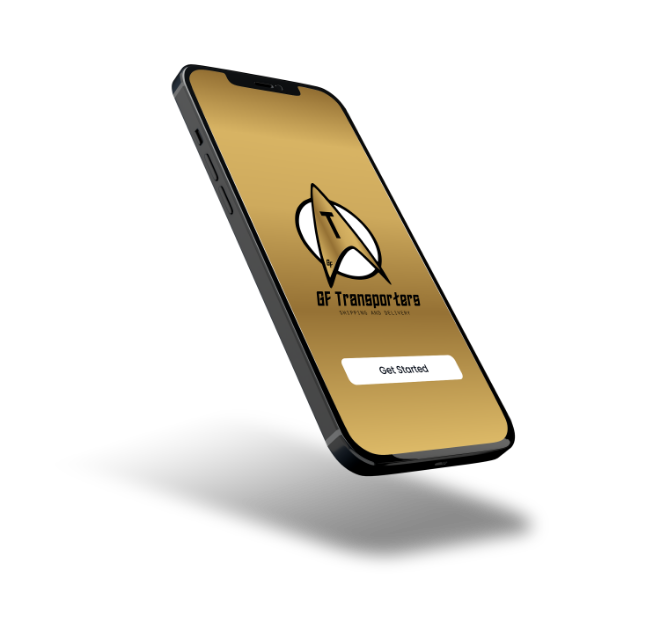

The app aims to revolutionize transportation by connecting users with spare capacity transporters, utilizing existing routes and advanced matching algorithms for efficient and eco-friendly delivery solutions.
Leverages real-time algorithms to match goods with transporters already traveling similar routes, minimizing empty runs, reducing delivery costs, and maximizing vehicle efficiency.
Provides tailored experiences for both users and transporters—enabling easy job requests, competitive bidding, real-time tracking, and integrated communication within a single app ecosystem.
Promotes sustainable transport by utilizing existing journeys, cutting down carbon emissions and fuel usage while offering economical delivery options for users.
The GF Transport is a smart delivery app that matches goods with transporters on existing routes for eco-efficient logistics.
Enables users to input details about the goods they need transported, such as size, weight, destination, and preferred transport time, to request transportation services.
Offers users the ability to choose or suggest routes based on their preferences and the availability of transporters. This may integrate maps for better visualization and selection.
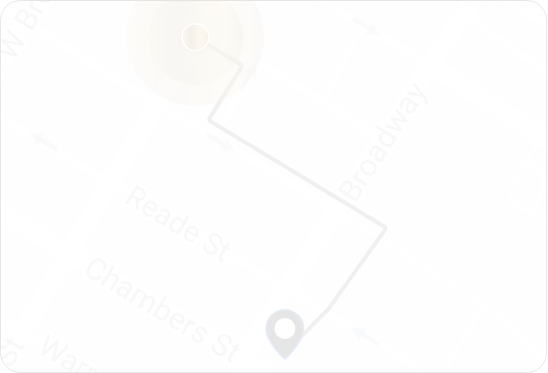
Automatically matches transportation requests with available transporters who have the appropriate vehicle type and spare capacity, using an advanced algorithm.
Provides real-time pricing based on the route, type of goods, and transporter availability. Users can also receive and compare quotes from multiple transporters.
The steps taken from the preliminary development considerations to the final release of the app.
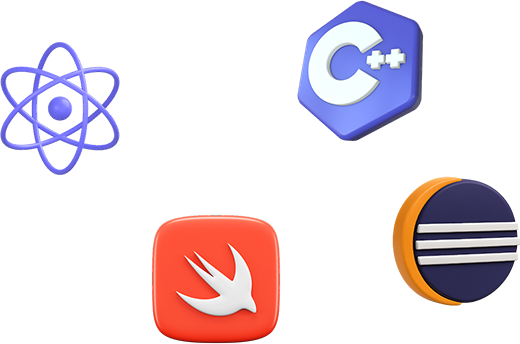
A brief overview of the target audience, their needs, and how the product is tailored to solve their specific problems or improve their daily experience.
An outline of the strategic and technical decisions made during development—platform selection, architecture, tools, and methodologies that shaped the foundation of the app.
A deep dive into the visual and user experience design—color schemes, branding, UI components, and how the design was crafted to be intuitive, engaging, and aligned with user behavior.
Details on how complexity was reduced in both user flows and functionality—ensuring ease of use, smooth navigation, and minimal learning curve across all user types.
Insights into the testing phase—how the app was tested with users, what feedback was collected, how bugs were resolved, and how usability improvements were made based on real user input.
An explanation of the systems or features used to monitor app performance, user behavior, and data insights post-launch—helping stakeholders track success and usage trends.
Describes the delivery process—how documentation, admin tools, or training were provided to clients or stakeholders, ensuring a smooth transition and operational readiness.
A section dedicated to the app’s future roadmap—plans for updates, new features, continuous feedback loops, and the long-term vision for evolving the platform.
Showcases the app’s unique selling points and differentiators—what makes it memorable, competitive, and valuable in its industry or market.
1
Who’s It For2
Choosing How to Build3
Designing the Look4
Making it Simple5
Testing & Feedback6
Keeping Track7
Handing Over8
Always Improving9
Helping It Stand OutPartner with CMOLDs and turn your app idea into reality with expert app developers and designers on deck!